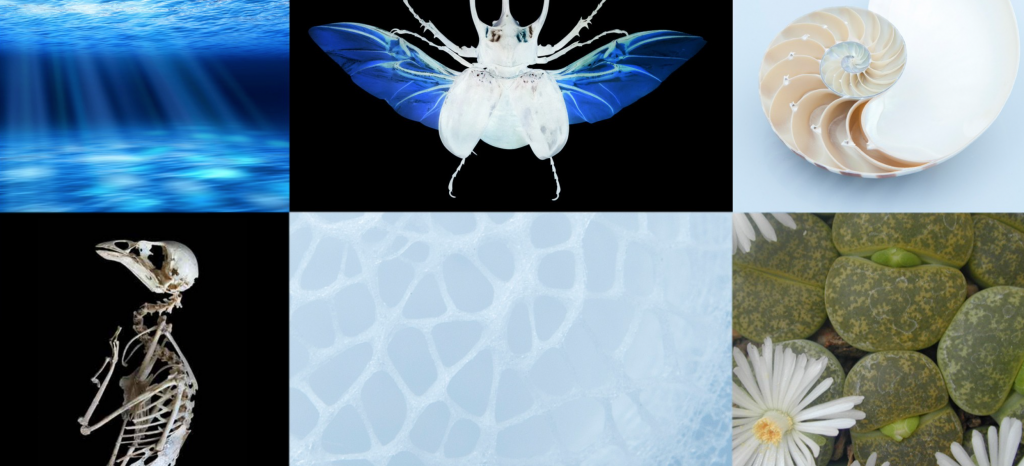Who?
What?
An architecture studio focusing on regenerative design approaches that go beyond conventional sustainable design, drawing on biomimicry and biophilia in the process.
How?
- Partnering with biomimicry experts to learn from and apply the natural world’s solutions to create a regenerative built environment.
- Creating ultra-light but strong structures and water harvesting solutions, among other things, to create low-resource buildings that provide long-term value to their communities: looking to nature for blueprints and inspiration.
- Taking on projects with clients that are seeking to go beyond the standard approaches to environmental sustainability, developing innovative solutions in the process.

Outcomes/Example Projects
The Sahara Forest Project and Pilot Facility: A new environmental solution to create revegetation and green jobs through the profitable production of food, water, clean electricity and biomass in desert areas. Core technologies are a seawater-cooled greenhouse inspired by the Namibian fog-basking beetle, photovoltaic and concentrated solar power technologies and desert revegetation techniques.
The Biomimetic Office Building: The design took inspiration from a plethora of animals and plants for its structure, environmental control and solar shading. Estimates are that construction would be at a feasible cost, and that it will be one of the lowest energy office buildings worldwide upon completion.
“The multiple environmental challenges of the present day compel us to find ways to restore ecosystems, build resilient communities, to generate more clean energy than we use and, where possible, build in a way that takes carbon out of the atmosphere. Within regenerative design we draw on two important nature-inspired approaches: biomimicry and biophilia.”
Regenerative Principles

Rooted in place/ context
Living systems thrive within a place, and natural ecosystems are open but contained within a context. So for regenerative business, connection to place and community matters. There is no “one size fits all” approach – it’s about working with local and regional ecosystems.

Interconnectivity
Interconnectedness often leads to unexpected non-linear changes because of many different feedback loops in the system. These relationships are the heart of regeneration.

Dynamic
Regenerative systems are Dynamic, as is nature. Change is a given: seasons cause growth, blossoming and decay. Regeneration is not something you can “solve for” once and then ignore. It’s about recognising that change is a constant and developing the capacity to continually adapt.
Design Principles

Learning from Nature
Best illustrated through the concept of biomimicry, ‘mimicking’ nature. Most well known in the world of design and architecture, the core idea behind it is widely applicable. It’s essentially about recognising that nature has a 3.8 billion year headstart on us when it comes to learning how to adapt, survive and thrive, and so we’d be foolish not to see it as a model to learn from and be inspired by. As Janine Benyus, Founder of the Biomimicry Institute puts it: “Life creates the conditions that are conducive to life.”

Circularity
The principle of designing waste out of the system, recovering water, waste materials and energy through production, usage and recreation processes to generate more materials and energy.

Aligning Inner and Outer
A crucial principle is integrity, or alignment of inner and outer. You can’t be regenerative on the outside without also being regenerative on the inside.


